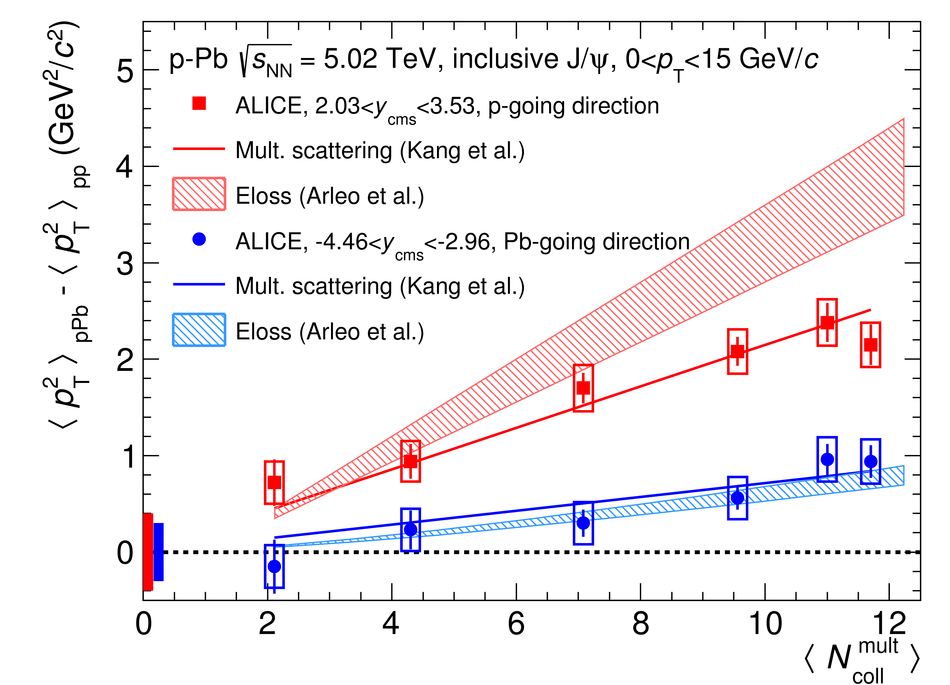We present a measurement of inclusive J/$\psi$ production in p-Pb collisions at $\sqrt{s_{\rm NN}}$ = 5.02 TeV as a function of the centrality of the collision, as estimated from the energy deposited in the Zero Degree Calorimeters. The measurement is performed with the ALICE detector down to zero transverse momentum, $p_{\rm T}$, in the backward ($-4.46 <~ y_{\rm cms} <~ -2.96$) and forward ($2.03 <~ y_{\rm cms} <~ 3.53$) rapidity intervals in the dimuon decay channel and in the mid-rapidity region ($-1.37 <~ y_{\rm cms} <~ 0.43$) in the dielectron decay channel. The backward and forward rapidity intervals correspond to the Pb-going and p-going direction, respectively. The $p_{\rm T}$-differential J/$\psi$ production cross section at backward and forward rapidity is measured for several centrality classes, together with the corresponding average $p_{\rm T}$ and $p^2_{\rm T}$ values. The nuclear modification factor, $Q_{\rm pPb}$, is presented as a function of centrality for the three rapidity intervals, and, additionally, at backward and forward rapidity, as a function of $p_{\rm T}$ for several centrality classes. At mid- and forward rapidity, the J/$\psi$ yield is suppressed up to 40% compared to that in pp interactions scaled by the number of binary collisions. The degree of suppression increases towards central p-Pb collisions at forward rapidity, and with decreasing $p_{\rm T}$ of the J/$\psi$. At backward rapidity, the $Q_{\rm pPb}$ is compatible with unity within the total uncertainties, with an increasing trend from peripheral to central p-Pb collisions.
JHEP 11 (2015) 127
HEP Data
e-Print: arXiv:1506.08808 | PDF | inSPIRE
CERN-PH-EP-2015-158






